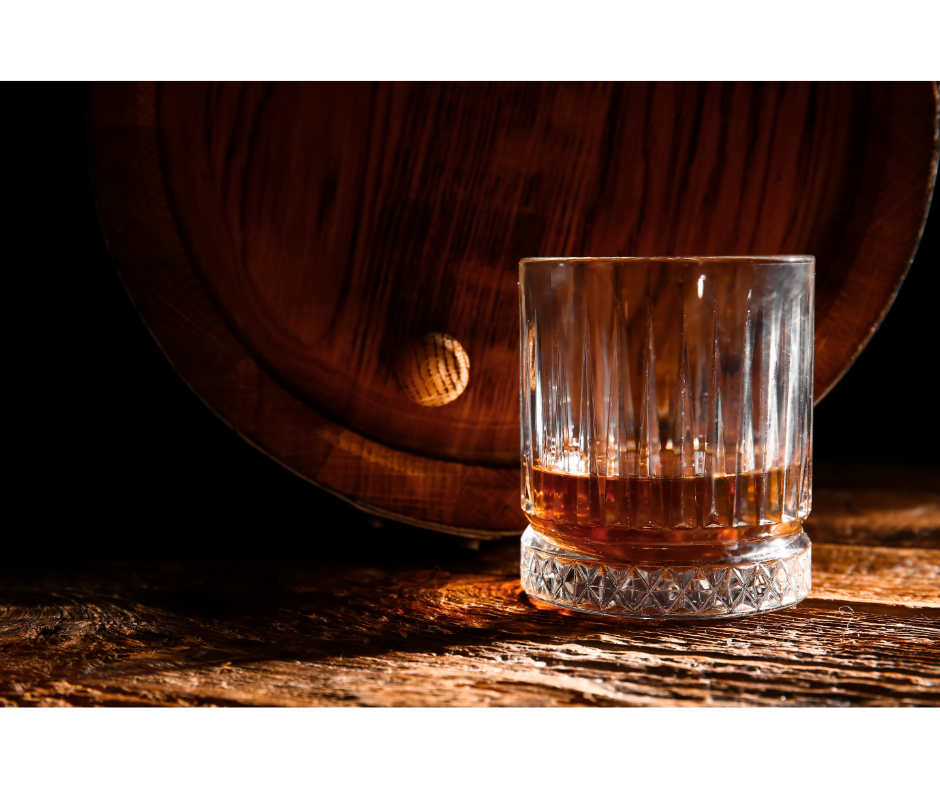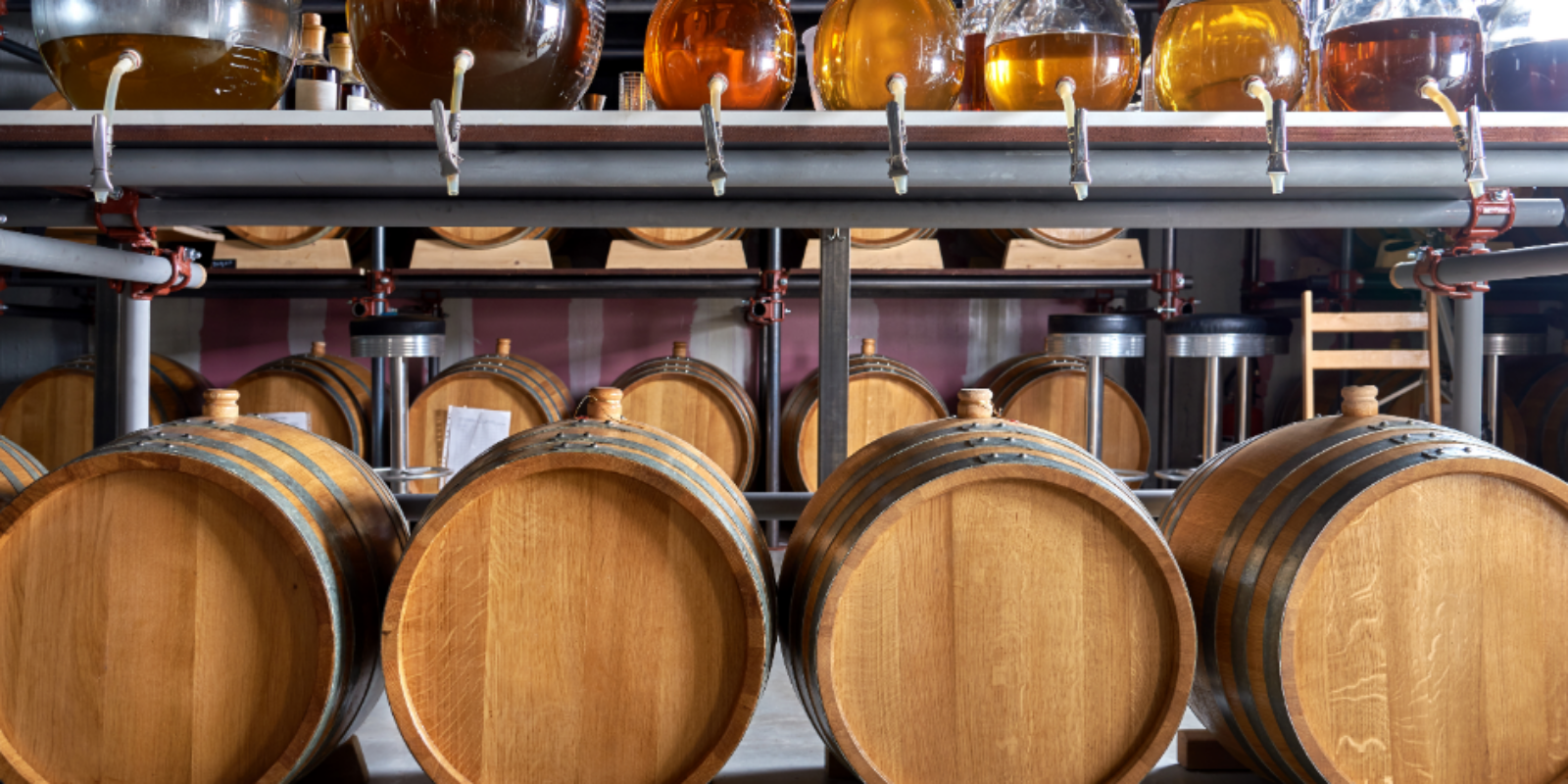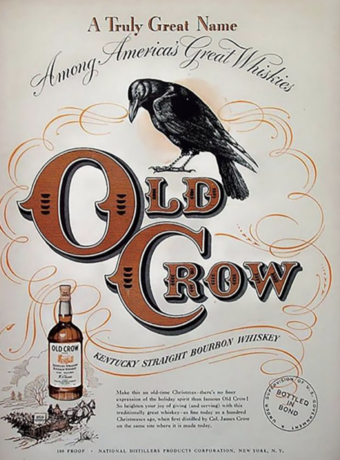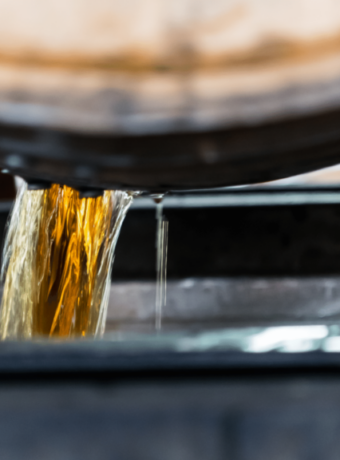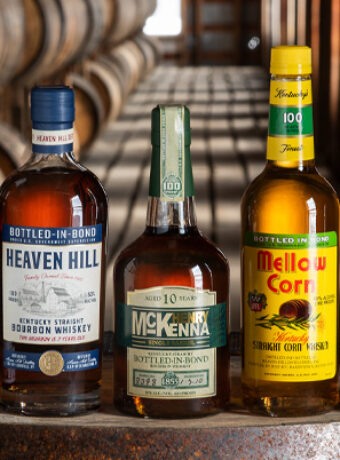The Art of Barrel Aging: Unveiling the Alchemy of Bourbon
Barrel aging and maturation are cornerstones in the craft of bourbon production, resulting in a distinctive flavor profile that aficionados deeply admire. This journey transforms a clear spirit into a complex symphony of flavors, illustrating the magical alchemy between whiskey and charred oak barrels. Through this exploration, we aim to uncover the science and profound impact of barrel aging, fostering a richer appreciation for each sip of this storied spirit.
The Essence of Barrel Aging
At the heart of bourbon production lies the process of barrel aging, where the true magic unfolds, allowing the spirit to mature and undergo a remarkable chemical transformation within charred oak barrels. Key factors influencing the flavor development and character of bourbon include:
- Charred Oak Barrels: Vital for imparting unique flavors, the charred interior acts as a filter, smoothing the bourbon and introducing compounds like lignins, tannins, and vanillin for that unmistakable taste.
- Temperature Fluctuations: The barrels’ expansion and contraction with temperature shifts encourage the whiskey’s molecular interaction with wood, extracting rich flavor compounds.
- Aging Duration: Legally, bourbon must age for at least two years, but many distilleries opt for longer to foster greater complexity and smoother flavors, highlighting the significance of time in crafting premium bourbon.
- Barrel Positioning: The strategic placement of barrels within the warehouse affects flavor variations, with differing temperatures influencing the bourbon’s interaction with the wood.
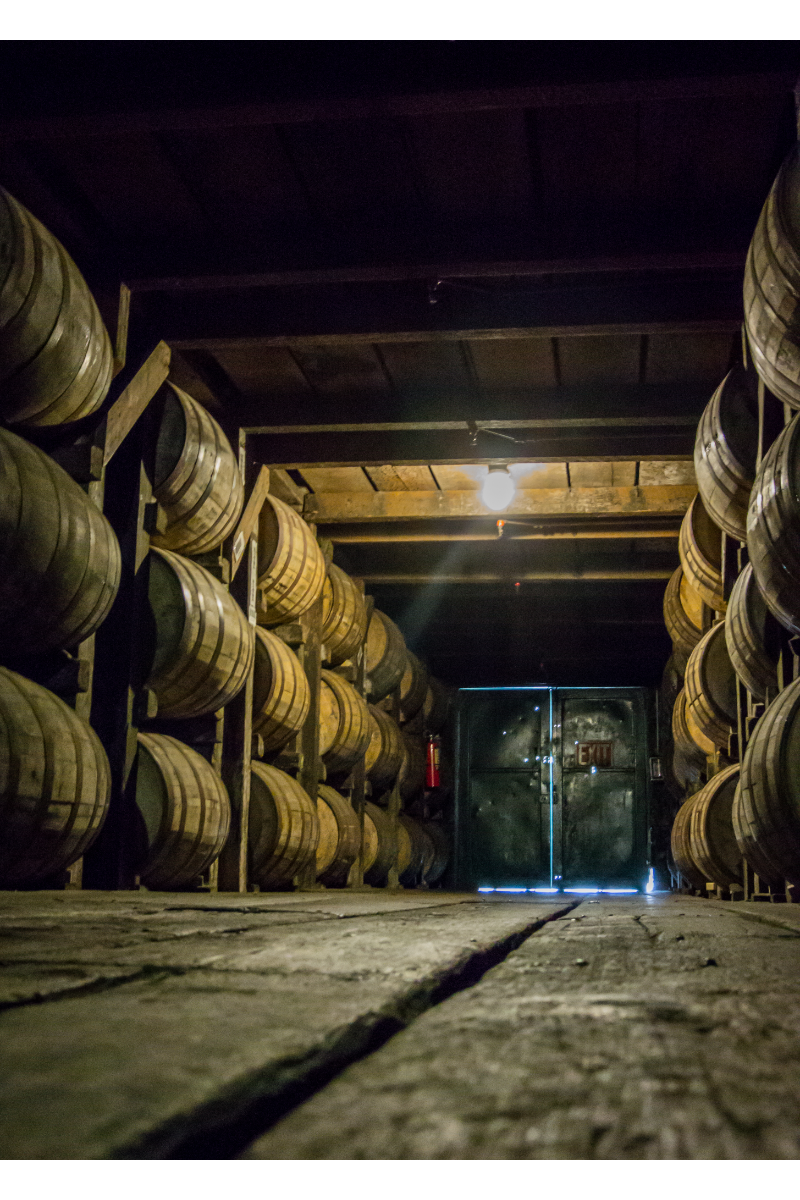
The Intricacies of Wood and Time
- Oak Wood Selection: American white oak predominates in bourbon production for its rich lignin and vanillin content, contributing to classic vanilla and caramel notes. Exploring European oak offers unique flavor profiles, broadening the bourbon spectrum.
- Barrel Reuse: After aging bourbon, barrels often find a second life aging other spirits, such as scotch or tequila, introducing complex flavor layers and fostering a dynamic flavor exchange across the spirits industry.
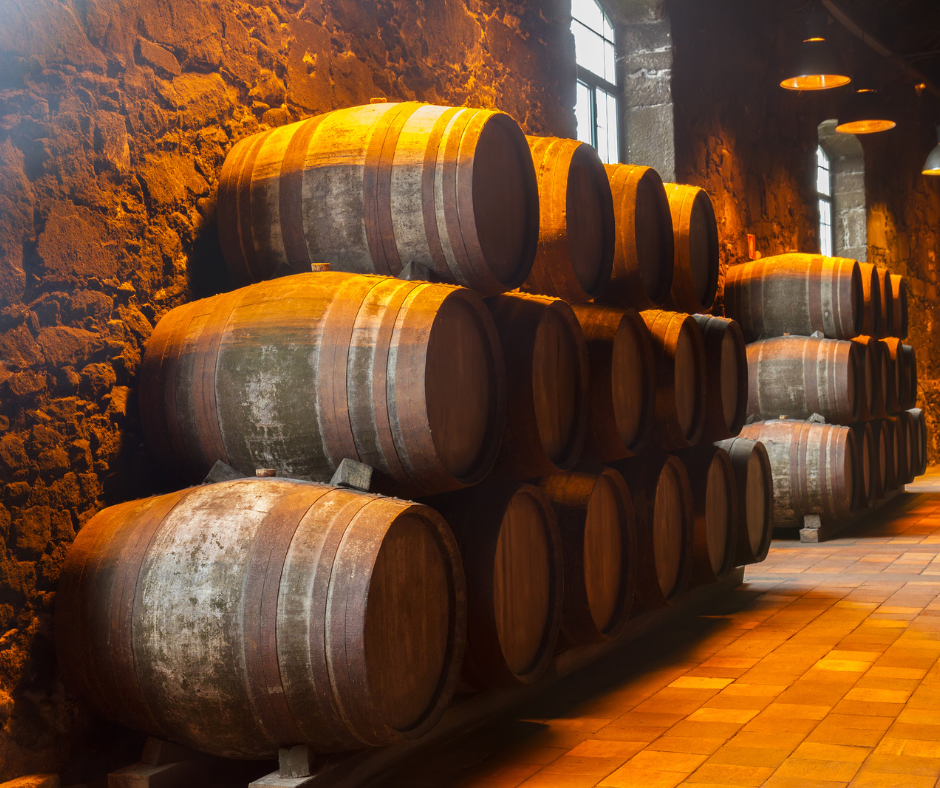
The Craft of Blending and Fermentation
- Blending Mastery: To achieve consistency and harmony in flavor, distilleries blend bourbon from multiple barrels, exemplifying the distiller’s skill in creating a balanced and delightful product.
- Yeast’s Role: The choice of yeast strain during fermentation significantly affects flavor development, with various strains yielding different esters and compounds that characterize the bourbon.
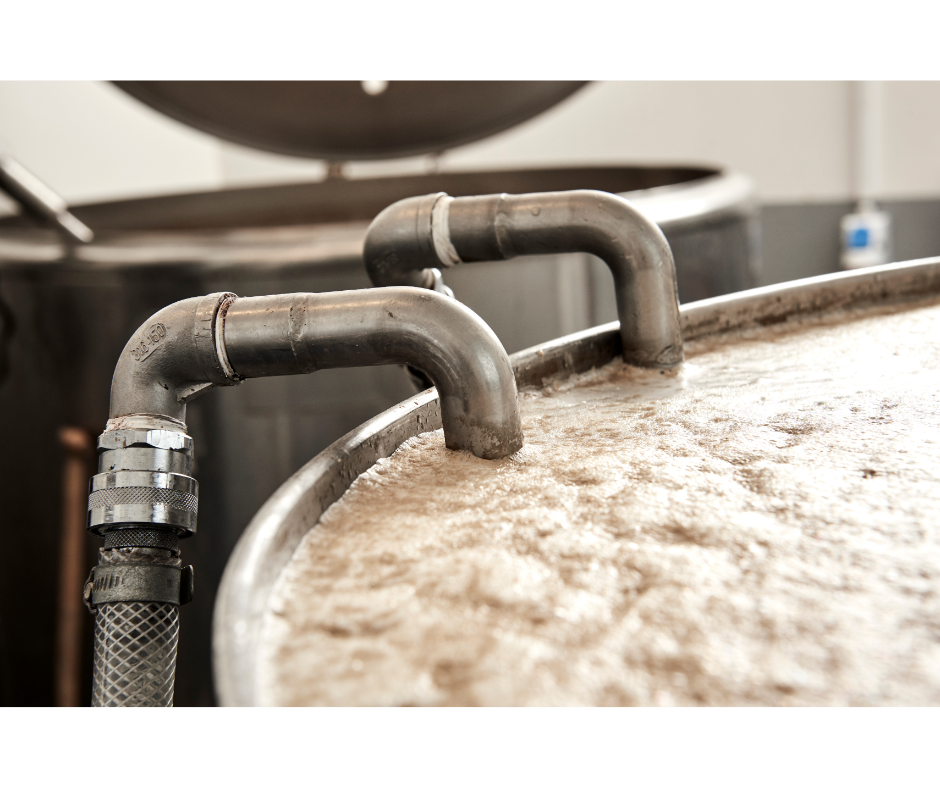
The Dynamic Interaction with the Barrel
The bourbon’s relationship with its barrel is a dance of complexity, where the spirit both extracts and contributes to the barrel’s legacy, enriching the bourbon’s flavor profile and ensuring each barrel’s uniqueness.
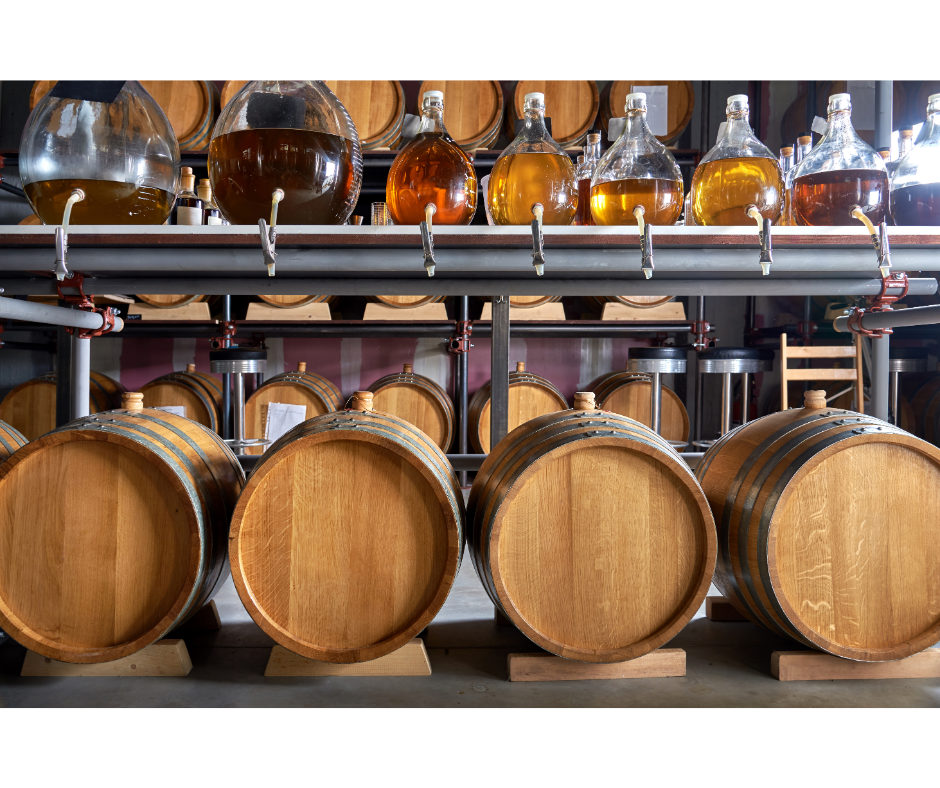
Conclusion: The Alchemy Behind Every Sip
Barrel aging and maturation transcend mere steps in bourbon production; they embody the spirit’s essence. The intricate interplay of wood, time, and spirit culminates in a captivating product. From the choice of oak and the nuances of charred barrels to the art of blending and the pivotal role of yeast, each element plays a critical part in the bourbon’s flavor orchestra. Appreciating these processes deepens our connection to bourbon, celebrating the blend of innovation and tradition that distilleries bring to this cherished spirit.
